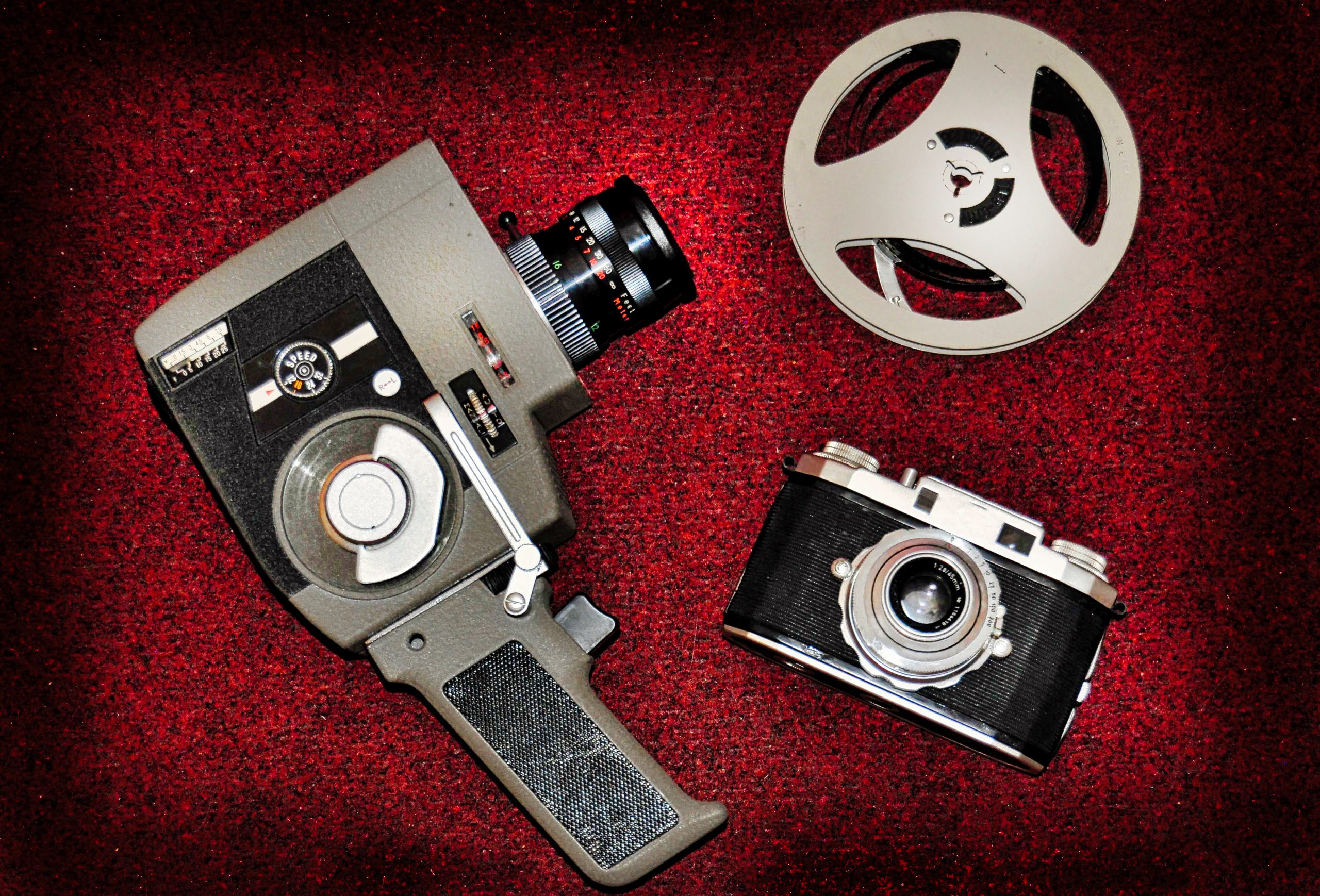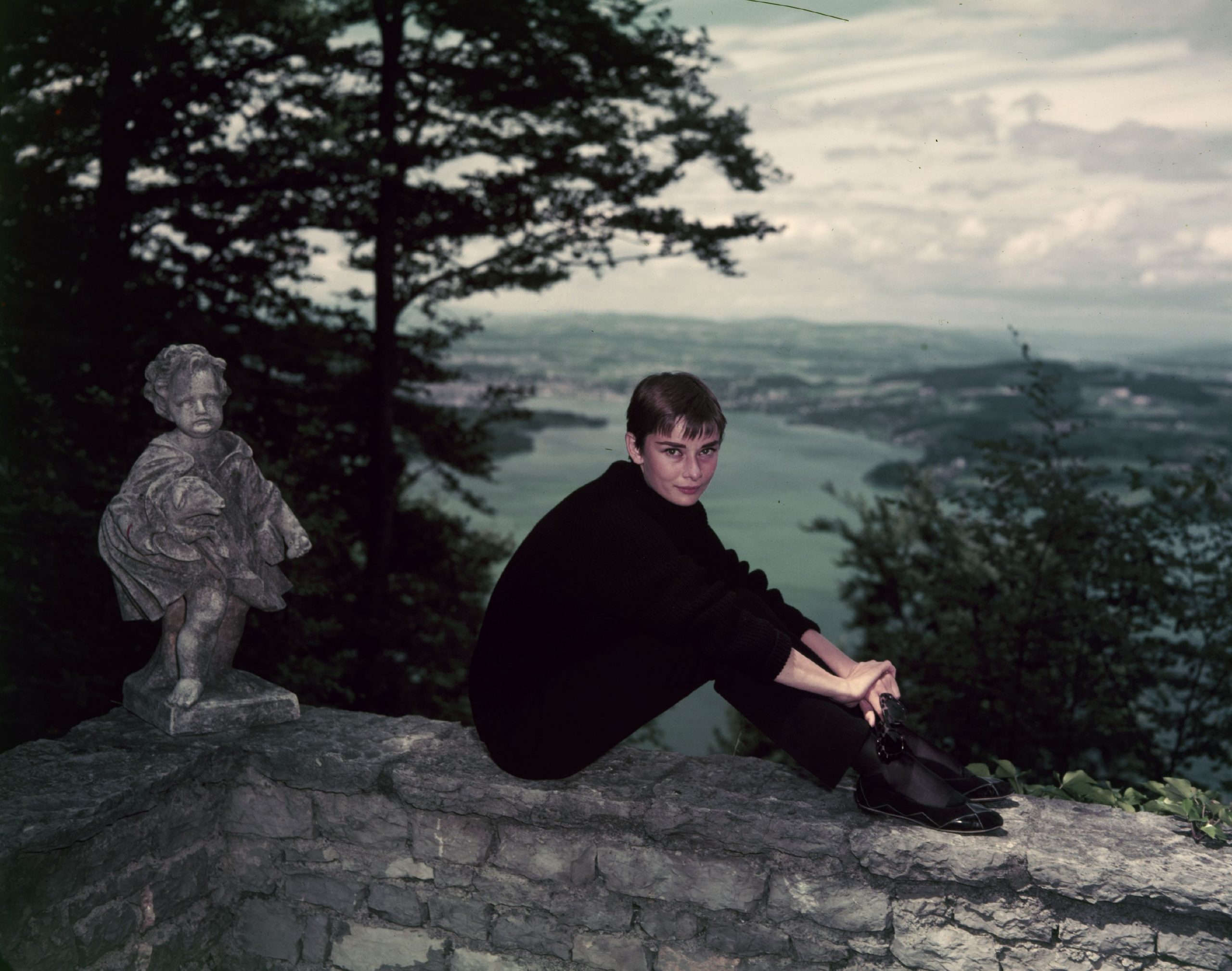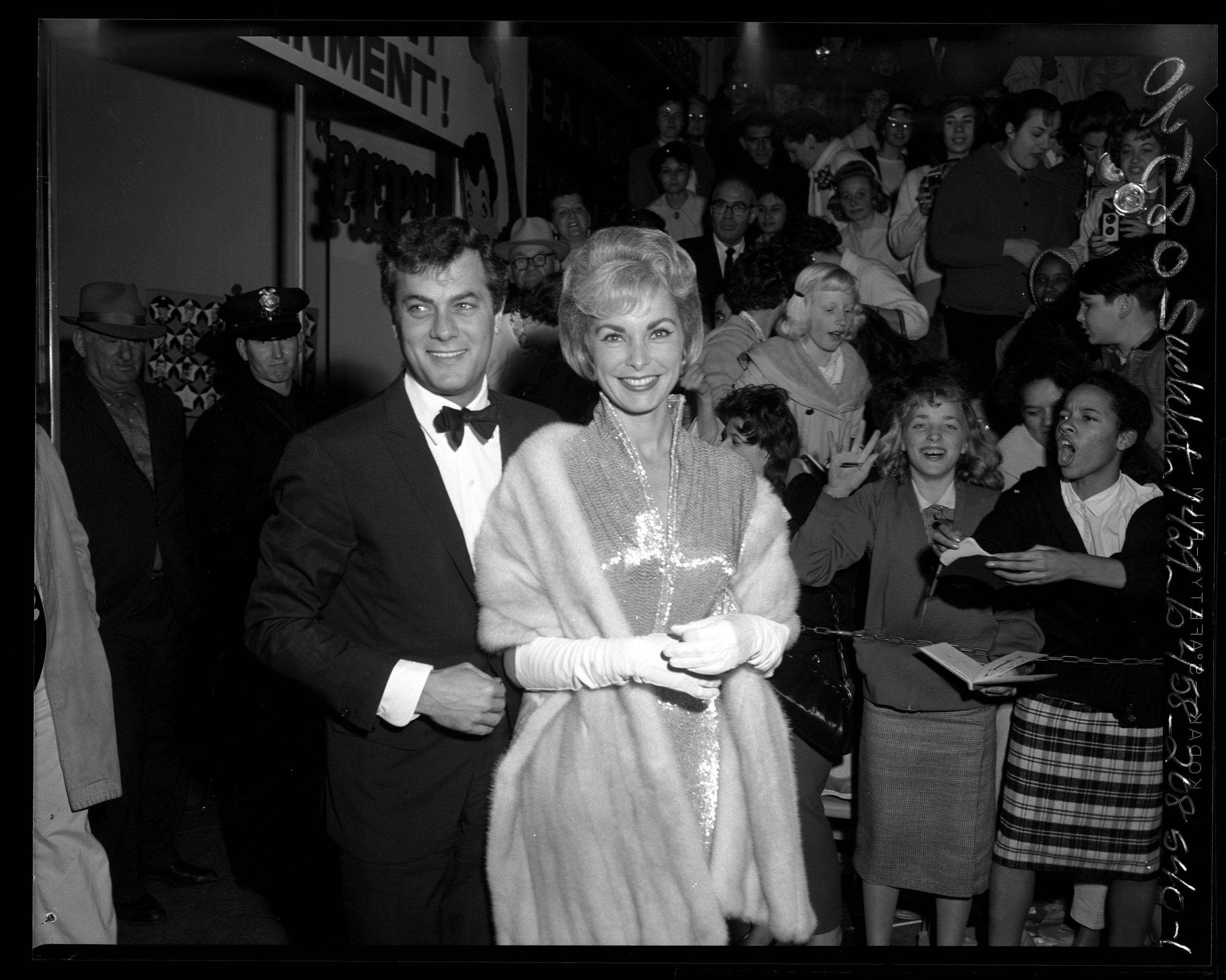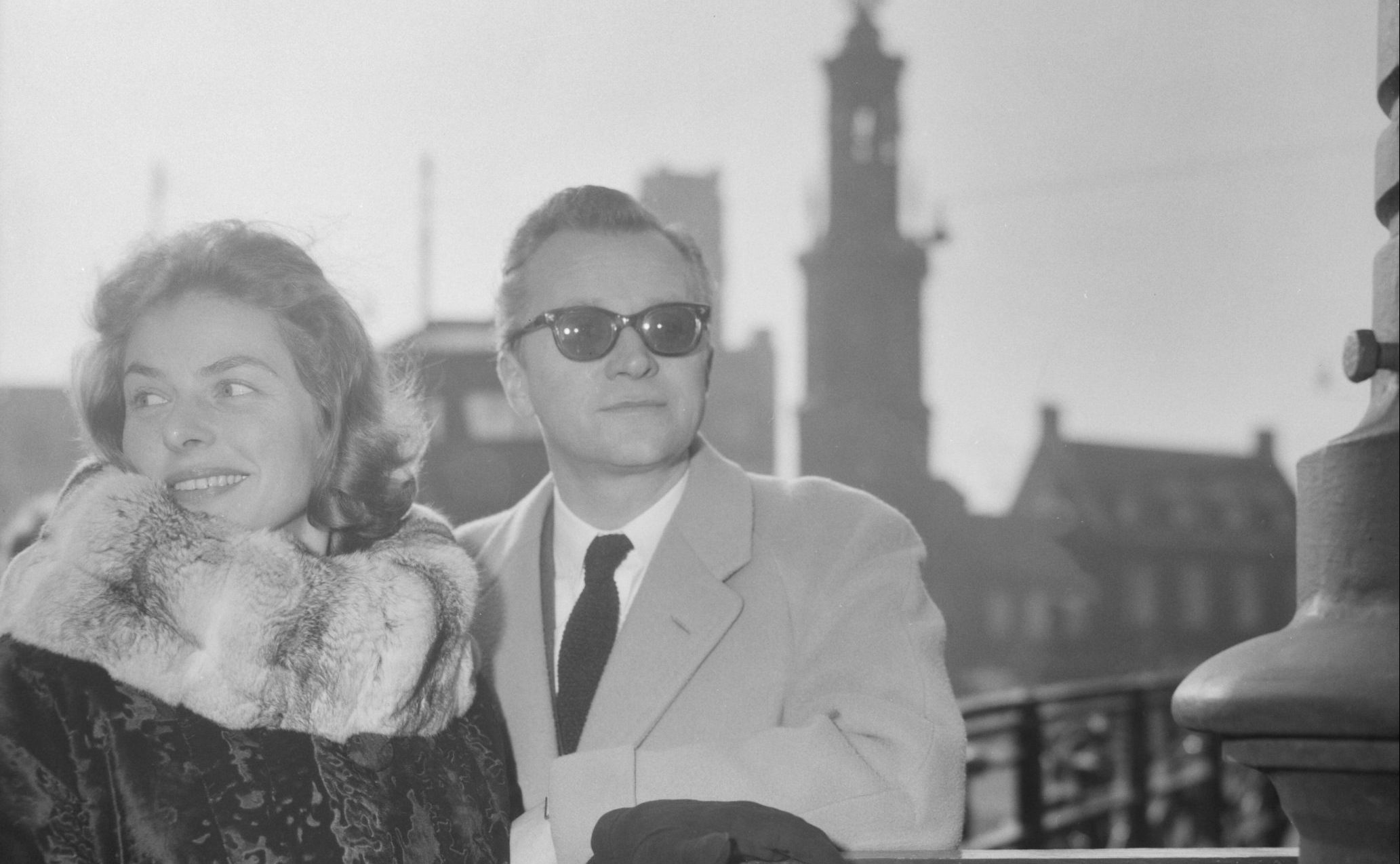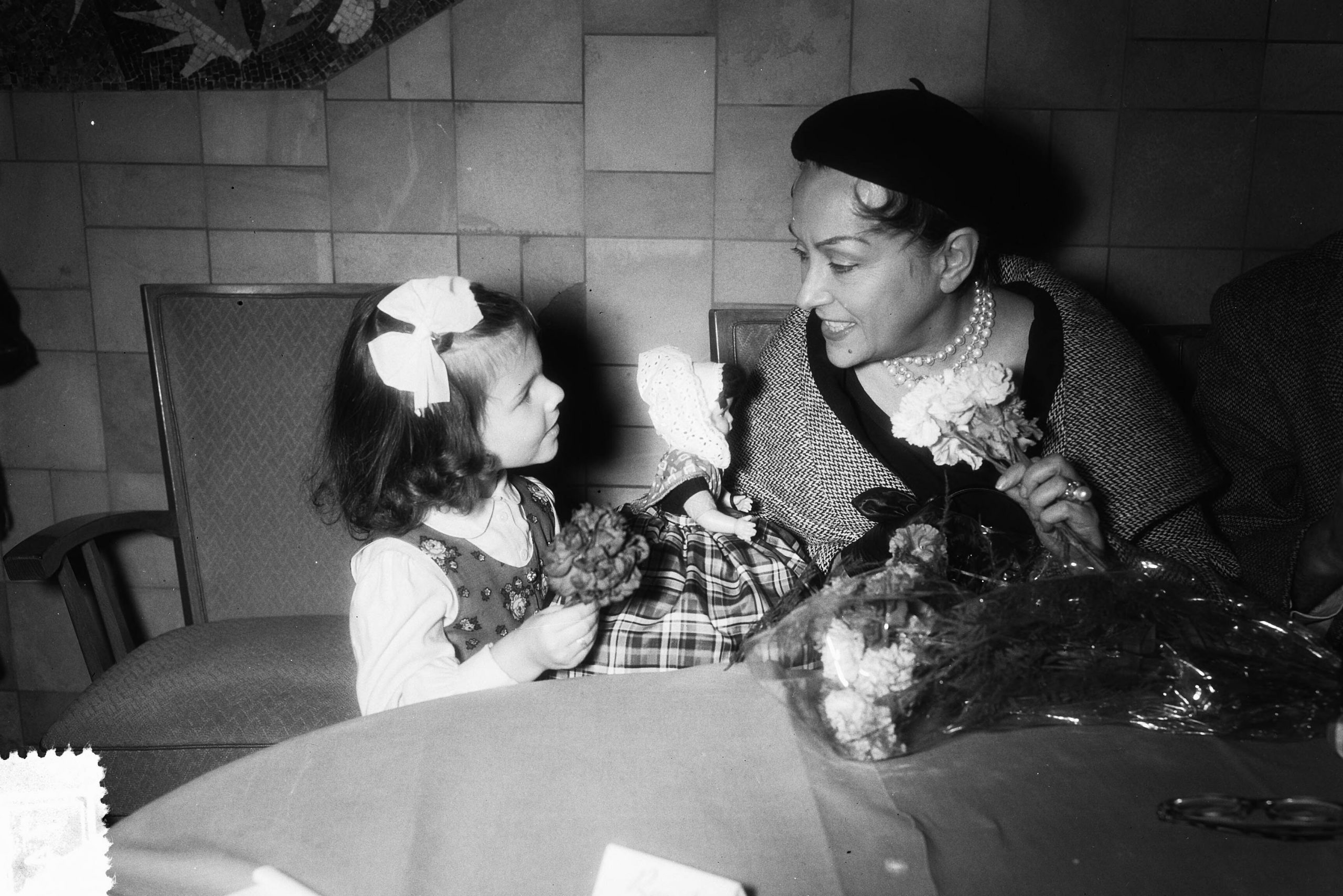Part one
When her name was mentioned, every filmmaker of the last century froze in awe: her acting is considered groundbreaking for an entire generation of Hollywood actresses. Although she only starred in Hollywood for sixteen years and in twenty-four films, she ranks among the most important actresses of all time.
Born in Sweden, she grew up in modest circumstances in Stockholm, according to Garbo biographer Robert Gottlieb: early on, the young Greta Garbo is said to have expressed a desire to become an actress – but the family was so busy with the daily struggle for survival that there was little time for such dreams. At the age of fourteen, Garbo lost her father – subsequently it was her task, together with her mother, to provide for the family’s income.
Greta Garbo (then still using her civil name Greta Gustafsson) applied for a job at a renowned fashion house in Stockholm – and got it. From then on, she worked there in the hat department; at the time, hats were a highly sought-after accessory that undoubtedly identified their wearers as members of an upper social class.
Her job as a saleswoman at a fashion house was the last job Garbo ever held outside of show business.
Slapstick comedies
One morning, the director of the fashion house stopped by the hat department and asked who might be considered to pose as a model for hat fashions in the upcoming catalog.
The department manager suggested new employee Greta Garbo as the hat model: The young Garbo was very well received as a hat model, as she was subsequently hired as a model for fashion shows. In addition, the advertising industry took note of the imposing appearance and looks of the young Greta Garbo: the fashion saleswoman was hired for smaller commercials.
When the young woman was offered her first major role in a feature film, the fashion house refused to release her for the duration of filming – the fashion house management was convinced that the young Greta Garbo “belonged behind the sales counter.” With her mother’s support, Garbo quit her job at the fashion house and accepted a role in the Swedish slapstick comedy Peter the Tramp (1922).
The director of the comedy, Erik A. Petschler, had previously scouted Garbo as a screen talent and was known for directing comedies modeled on American slapstick comedies.
Her job as a saleswoman at a fashion house was the last job Garbo ever held outside of show business.
First successes in Swedish film
From 1922 to 1924, Greta Garbo studied at the Royal Dramatic Theatre in Stockholm: there the young actress was taught numerous disciplines, including elocution, fencing, make-up and literature.
Shortly after her training, the newly minted actress met the Russian-Swedish director Mauritz Stiller (1883 – 1928), who was considered one of the most accomplished filmmakers of his generation. Under Stiller’s direction, Greta Garbo played one of the leading roles in the literary adaptation Gösta Berling alongside Lars Hanson – Mauritz Stiller suggested to the actress during their joint work that she adopt the stage name Greta Garbo. Thus, for the first time, a name had appeared whose reverberations lasted through the decades.
From then on, Greta Garbo was the protégée of director Mauritz Stiller: it is certain that without Stiller’s influence, the young Garbo would hardly have followed the same path. Gösta Berling became a huge success with audiences – the distribution rights for Germany were sold for a record-breaking sum of 100,000 marks.
“I’ve never been anywhere but Sweden,” said Greta Garbo when she first traveled to Berlin in the mid-twenties. Did Greta Garbo know when she traveled to Berlin in the mid-twenties that the cultural metropolis would only be a stopover on her way to Hollywood?
“I’ll take a chance on Garbo.”
There is no doubt that director Mauritz Stiller had big plans for his protégé. During her time in Germany, Greta Garbo starred in Georg Wilhelm Pabst’s The Joyless Street [Die freudlose Gasse, 1925]: Garbo enjoyed the hustle and bustle of the European cultural metropolis of Berlin during the Roaring Twenties – had it been up to her, she probably would have made numerous other films in Germany and would not have even thought of moving to the other side of the Atlantic.
But things turned out differently: during a stay in Berlin with Mauritz Stiller, a contract was signed with the then newly founded studio MGM, which stated that both should come to America as soon as possible. So it happened that Greta Garbo went to Hollywood in 1925 at the age of nineteen.
The studio head of MGM, Louis B. Mayer, is said to have been critical of Greta Garbo at first: It took him a while to recognize her acting talent. “Maybe I’ll never win a fortune at the race track but that won’t keep me from betting. I’ll take a chance on Garbo.”, Louis B. Mayer is reported to have said one day.
Why was Garbo denied the director in Hollywood who had recognized her potential?
Mauritz Stiller
Director Mauritz Stiller, who continued to promote Garbo and had accompanied her to Hollywood, played no role in the plans of Louis B. Mayer, however: in her first Hollywood silent role in Torrent (1926), Garbo acted under the direction of Monta Bell. In Garbo’s second film for MGM, The Temptress (1926), Mauritz Stiller was initially hired as a director, but after only five weeks as director, Stiller was fired and Fred Niblo took over his duties. Why was Garbo denied the director in Hollywood who had recognized her potential and was able to stage her talent in the best possible way? Mauritz Stiller had a fundamentally different understanding of film than the newly emerged Hollywood studios. Not only did he strain MGM Studios’ schedule, his ambition was to make a film of extreme artistic merit, regardless of how much time and money it would cost. Without question, Stiller would have created a masterpiece for all time with the second Garbo film: But at MGM, the mentality was different. While everyone in charge was enthusiastic about the European way of making movies, there was no room in early Hollywood for a director like Stiller. Greta Garbo, who was considered a silent film star after two films, had to continue on her own, without her patron.
Mauritz Stiller died two years later in Stockholm at the age of only 45. With him, Garbo lost her most important patron to date, without whom she would probably never have made it to Hollywood.
In Hollywood, the young Greta Garbo faced great challenges: The era of silent movies was nearing its end. The name Greta Garbo was not yet a legend: She may have been a star and had found her place in Hollywood, but as is well known, it is more difficult to stay at the top than to get to the top once.
How would Greta Garbo manage to hold her position in Hollywood permanently? Now that she was completely detached from her Swedish homeland, this was no easy task….
Main source: Gottlieb, Robert: Garbo, 2021 Farrar, Straus & Giroux
Cover picture: © Simon von Ludwig

 Deutsch
Deutsch

